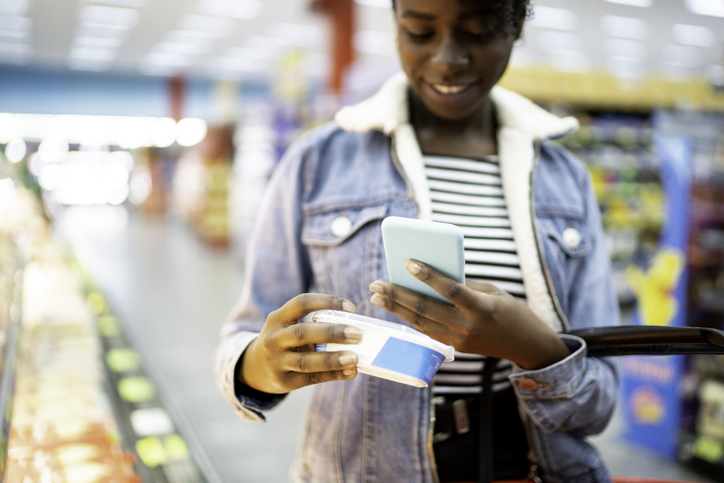TLDR
- The modern consumer is 'Phygital' and fluid; success demands moving past simple segmentations to build a Unified Customer Profile that captures their motivations across digital, mobile, and physical touchpoints.
- Data integration is the new competitive battleground; effective balancing requires breaking down data silos to provide contextual, personalized experiences—a key step in moving from reactive sales to predictive engagement.
- Agility and AI are non-negotiable foundations; leverage Machine Learning for hyper-personalization, ensure real-time inventory visibility, and create flexible fulfillment options to maintain loyalty in a constantly changing landscape.
Introduction: The Imperative of Consumer Fluidity
We are operating in an era where the traditional customer journey is obsolete. It has been replaced by a sprawling network of potential paths, defined by a simple truth: the consumer dictates the terms of engagement. They might research a product on a mobile app during their commute, seek a personalized recommendation from a chatbot at lunch, and finally complete the purchase in a physical store—or they might do the exact opposite.
The central challenge for any digitally forward business today is not just to be present on multiple channels, but to master the balance between wide-ranging consumer behaviors and shopping habits. This requires a radical shift in perspective, moving away from viewing e-commerce and physical retail as separate entities and recognizing them as integrated parts of a single, continuous brand ecosystem.
Deconstructing the Modern Consumer Mosaic
To balance these diverse habits, we must first understand their duality and the motivations driving them.
The Dynamics of Digital vs. Physical Preference
The consumer base is not neatly divided; individuals often exhibit contradictory preferences within the same week.
- The Digital Explorer: This shopper values convenience, speed, transparency (reviews and pricing), and algorithmic efficiency. Their loyalty is earned through frictionless apps, personalized recommendations, and instant gratification like two-hour delivery.
- The Experiential Shopper: This individual prioritizes the tactile, sensory experience—the feel of a fabric, the expertise of a human sales associate, or the confidence of immediate possession. Their loyalty is built on trust, atmosphere, and meaningful in-person interactions.
The Rise of the 'Phygital' Hybrid
The most critical behavior to balance is the 'Phygital' consumer—the one who switches channels mid-journey. Their expectations are channel-agnostic, meaning a poor experience in one area compromises the entire brand relationship. Key behaviors include:
- BOPIS (Buy Online, Pick-up In Store): A desire for digital efficiency combined with physical immediacy, driven by a need to save time and shipping costs.
- Webrooming: Extensive research on a brand’s website or app, followed by a store visit to inspect the item before purchase.
- Social Commerce to Fulfillment: Discovering a product through an Instagram or TikTok ad, then navigating to the website for checkout, or even using an in-app purchase feature.
The fluidity between these channels dictates that our systems must be equally fluid and responsive.
The Balancing Pillars: Data, Personalization, and Agility
Achieving true balance is an operational feat that demands three core strategic pillars.
1. The Power of a Unified Customer Data Platform (CDP)
The foundation for balancing diverse habits is a single, unified view of the customer. Businesses must tear down the silos that typically separate in-store POS data from e-commerce analytics, and app usage from customer service logs.
- Contextual Relevance: A robust CDP allows us to recognize the shopper who researched three competing products online, abandoned their cart, and then walked into a physical location. This insight empowers the associate to turn a cold approach into a targeted, context-aware engagement, potentially saving a high-value sale.
- Predictive Engagement: By integrating and analyzing data across all touchpoints, we move from merely reacting to consumer behavior to predicting their next likely channel interaction or product preference, allowing us to serve them before they even articulate the need.
2. Hyper-Personalization Beyond the Email Subject Line
Generic messaging fails when habits are diverse. Our personalization efforts must be dynamic, reflecting the consumer's current context and preferred channel.
- Machine Learning for Segmentation: Utilize Artificial Intelligence (AI) and Machine Learning (ML) to create micro-segments based on purchasing behavior—not just demographics. For the customer whose habit is to buy essentials digitally but high-value items in-store, personalize their online experience with exclusive digital discounts for essentials, while offering an invitation to a private in-store preview for the high-value category.
- Algorithmic Recommendations: The AI must ensure that recommendations offered on the mobile app instantly reflect the purchase made minutes ago at a different retail location, maintaining the seamless, single-customer experience.
3. Operational Agility and Flexible Fulfillment
Customer behavior is only as balanced as the logistics supporting it. If a consumer decides they want an online purchase now, the fulfillment structure must deliver.
- Real-Time Inventory and Omnichannel Fulfillment: Inventory visibility must be instant and accurate across the entire network—warehouse, distribution center, and store shelf. This allows for flexible fulfillment options: delivery from the nearest store, local pickup, or traditional shipment, catering to the urgency of the moment.
- Seamless Reverse Logistics: The return process is often the final litmus test of balance. An in-store purchase must be easily returnable via mail, and a digital order must be effortlessly returned at any physical location. A frictionless return process, regardless of the purchase channel, preserves customer loyalty.
Conclusion: Agility is the New Metric of Success
The complexity of the modern consumer—their capacity to switch from digital explorer to tactile shopper within an hour—is not a headache; it is the new operating reality. Success belongs to the organizations that view this fluidity not as a barrier, but as a roadmap for innovation.
By embedding AI, unifying our data infrastructure, and adopting an organizational mindset that prioritizes agility above all else, we can stop playing catch-up and start leading. Mastering the balance between wide-ranging consumer behaviors is simply a matter of designing a business that is as fluid and adaptable as its customers.
